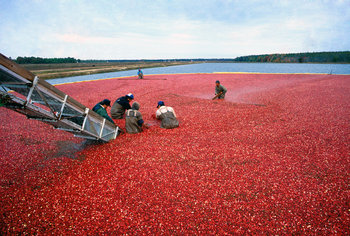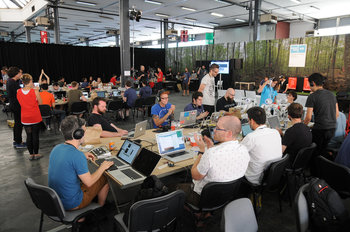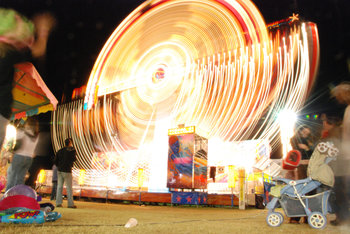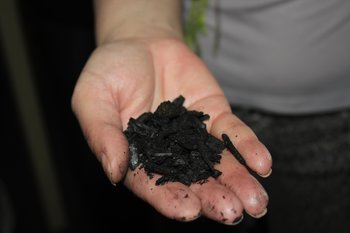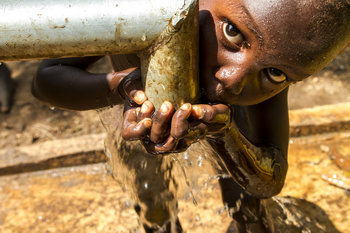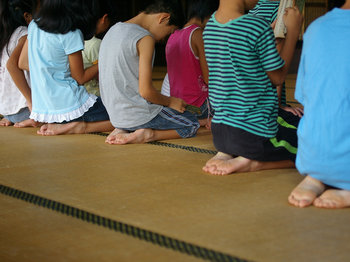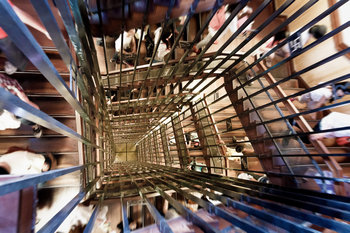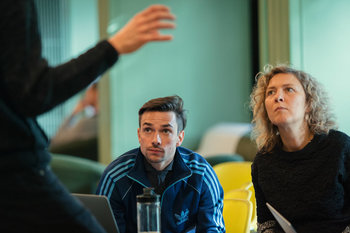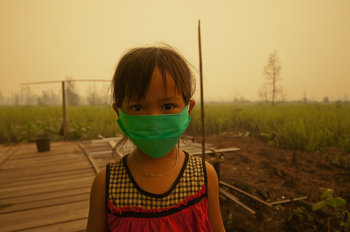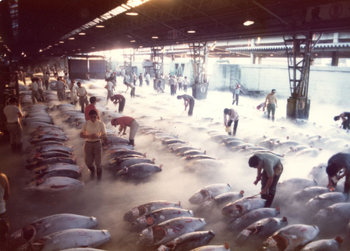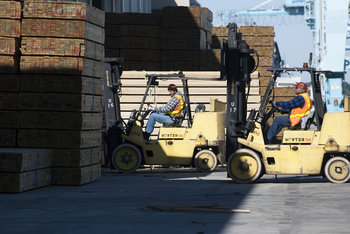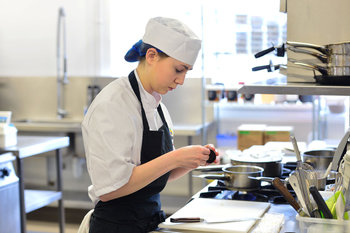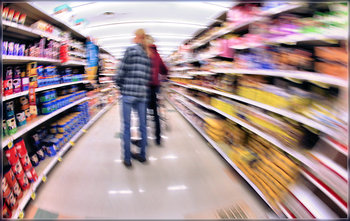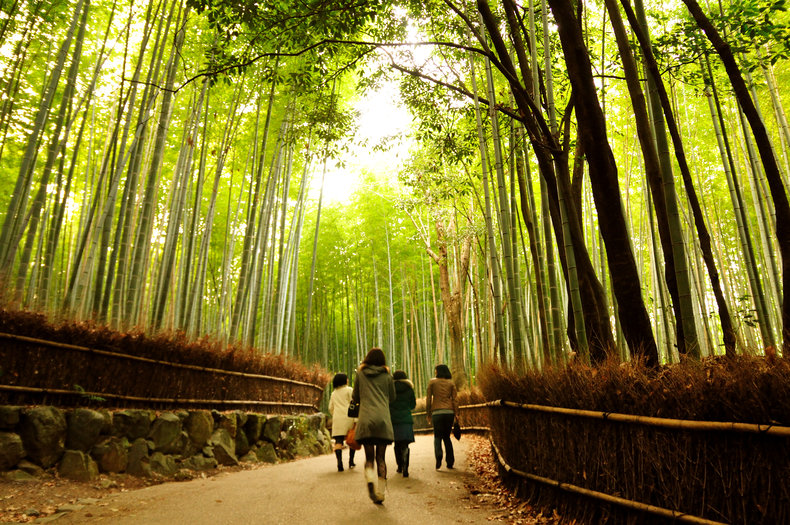
Air | Animals |
Arable land | Atmosphere |
Beaches | Beehives |
Biomass | Coral reefs |
Ecosystems | Fisheries |
Foods | Freshwater |
Gems | Geological formations |
Geothermal energy | Groundwater |
Hydropower | Hydrosphere |
Lakes | Medicinal plants |
Metals | Minerals |
Natural gas | Ocean Currents |
Oceans | Oil |
Pearls | Plants |
Rainwater | Rare earth elements |
Rivers | Rocks |
Seaweed | Solar energy |
Space | Tidal energy |
Timber | Topsoil |
Weather Systems | Wind energy |
Air
The atmosphere of the Earth. Generally speaking, clean air that has a natural composition is more valuable to human quality of life than air that is contaminated with pollutants such as particulate matter.Water
Water including fresh water, salt water, snow and ice. As with air, clean water is more valuable than polluted water. In many cases, fresh water is more valuable to humans than salt water as it can be consumed and used to grow crops.Land
Land including soil that can be used to grow food.Geographical Features
Naturally created features of the planet such as oceans, lakes, rivers, mountains, rock formations and beaches. In some cases, a geographical feature is valued for its beauty or for recreation such as a beach that is good for surfing.Living Organisms
Living plants, animals, fungus and micro-organisms. People need organisms for food, medicine and other purposes such as gastrointestinal microbiota that are necessary for human life. People may also feel a connection with living organisms that improves quality of life such as the happiness gained from walking in a forest or caring for a pet.Ecosystems
Living organisms do not survive independently but depend on each other in countless and complex ways. These systems of survival are known as ecosystems.Sunlight
The sunlight that warms the planet to a suitable temperature for life. Sunlight is important to the health of ecosystems and is an extremely abundant form of energy.Weather
Weather such as wind and rain have value to people. For example, wind is a source of energy and rain waters plants.Trees
Trees are important to ecosystems and are an abundant source of renewable materials such as wood, paper and cloth.Minerals
Minerals such as sulfur, salt, quartz, graphite, granite and potash that are mined and used as materials for the production of goods.Rocks
Rocks such as limestone and related resources such as gravel and sand.Gemstones
Precious gemstones such as diamond, emerald, ruby and sapphire and semiprecious gemstones such as aquamarine, garnet, jade, opal and turquoise.Metals
Metals such as gold, platinum, palladium, silver, copper, aluminum, nickel and iron.Fossil Fuel
Fuels deposited with a natural process involving the decomposition of organisms. This is a non-renewable resource as such deposits are ancient and do not replenish. The burning of fossil fuels commonly produces pollution such as carbon dioxide.Rare Earths
A collection of 17 elements that aren't necessarily rare in the Earth's crust but are difficult to mine because they seldom occur in concentrated deposits. The 17 rare earth elements are cerium, dysprosium, erbium, europium, gadolinium, holmium, lanthanum, lutetium, neodymium, praseodymium, promethium, samarium, scandium, terbium, thulium, terbium and yttrium.Summary
The following are common types of natural resources: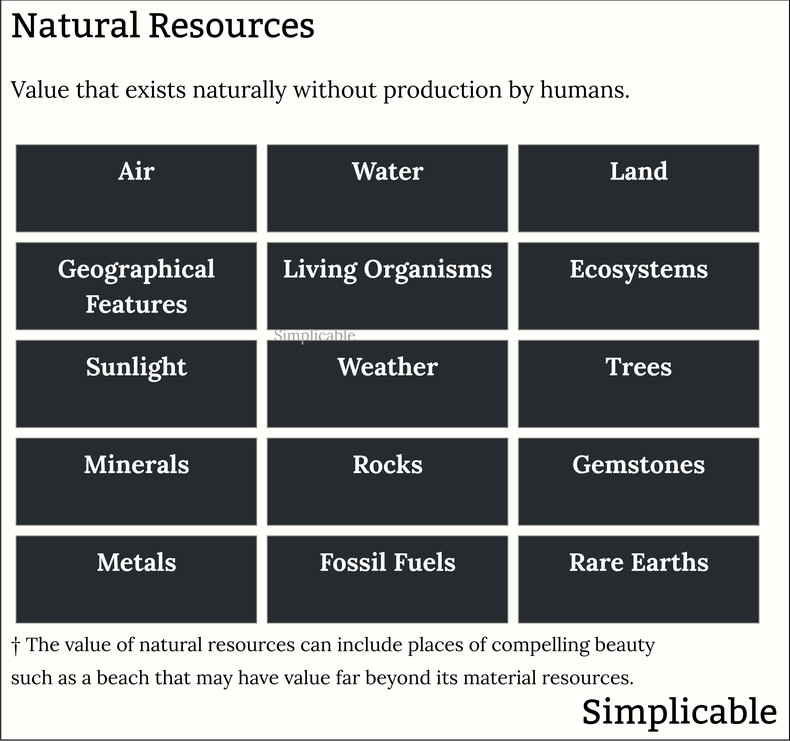
Overview
Natural resources is the value that naturally exists without being created by human society.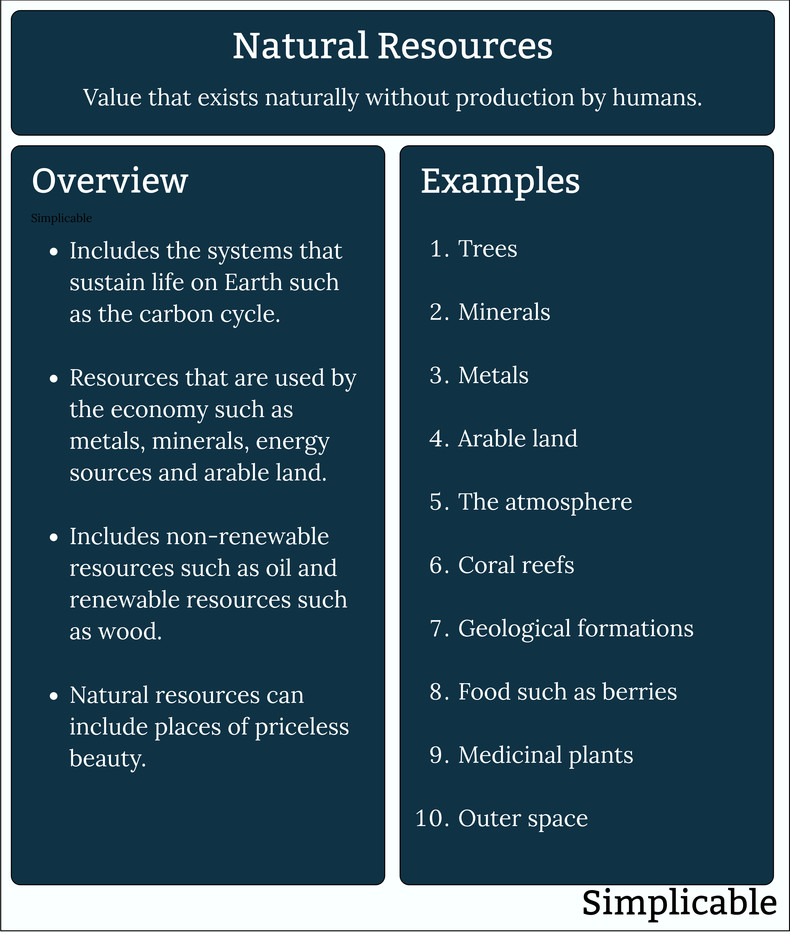
| Definition: Natural Resources | ||
Type | ||
Definition | Value that exists naturally without being created by people. | |
Related Concepts | ||









